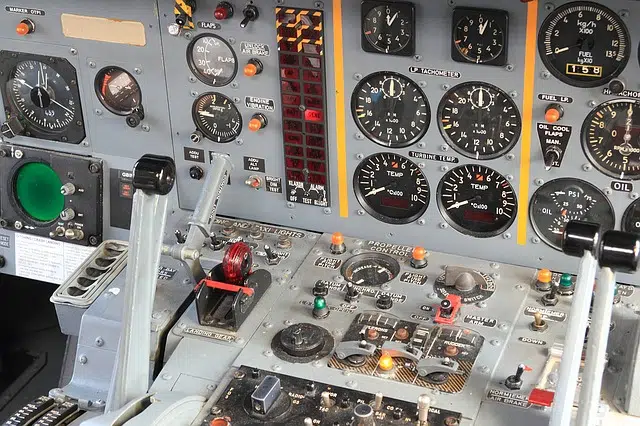
In a broad sense, a control panel is a resource that allows you to administer, manage or direct something.
Panel is a term with multiple uses. It can be the different divisions or compartments of something, the element that is used to make a physical separation or the group of individuals that meets for the public treatment of some issue.
Control , on the other hand, is a check or examination that is carried out, or the power or authority that is exercised.
These definitions, taken individually, do not reveal much information about the notion of control panel , which is used in the IT sector. In this case, a control panel is a tool that allows you to modify various parameters in the configuration of software or hardware .
Control panel on a server and on an operating system
On a web server , the control panel is the interface that allows you to manage the different services and grant permissions to users. Through these panels, it is usually possible to create a subdomain for a website , find out how many people visited a post, or create an email account.
In the Microsoft Windows operating system, the control panel functions as a menu that provides access to different options linked to the usability of the peripherals and programs that a user has on their computer . Its objective is to facilitate system configuration.
The Control Panel has been a fundamental part of Windows since version 2.0, and has been expanded considerably since then. Although it appears to be a folder, the control panel is an application that contains shortcuts to all its applets , which allow you to perform a wide variety of functions and settings. Since Windows XP, it is possible to choose between Classic View and Category View ; the latter groups the applets to facilitate their access.

The control panel of an operating system provides configuration and use options for different devices, peripherals and applications.
Options in Windows
Let's see below some of the most used applets in the Windows control panel:
Accessibility options
Allows the user to configure the accessibility of their computer. It is useful for people with certain disabilities (such as low vision), although it also allows you to adjust various properties of the peripherals. Options include the following:
* modify keyboard behavior for those who have difficulty pressing key combinations;
* activate high contrast mode;
* customize the keyboard cursor;
* allow pointer control via keyboard;
* modify the behavior of sounds .
Device Manager
It shows all the devices connected to the system and the status of their installation (many times conflicts arise with the drivers of a peripheral and it becomes necessary to carry out a series of steps for it to work correctly). Likewise, it allows us to add or remove devices to the computer, such as graphics or sound cards, hard drives and card readers. All of this can be done manually or with the help of a wizard that guides the user step by step through the task they wish to carry out.
Add or remove programs
This is, perhaps, the most used Windows applet. Although there are alternatives developed by third parties that are more efficient and powerful for more advanced users, the Microsoft operating system offers us enough options for maintaining applications. From this applet it is possible:
* uninstall or modify programs or packages that have been installed (add or remove functions or applications);
* view the space that each program occupies on disk, as well as the frequency with which we use it, data that can be used to decide whether to keep it or uninstall it;
* choose the Windows components that we want to use, including Internet Explorer, the games that come preinstalled with the system, Windows Media Player and handwriting recognition through graphics tablets
